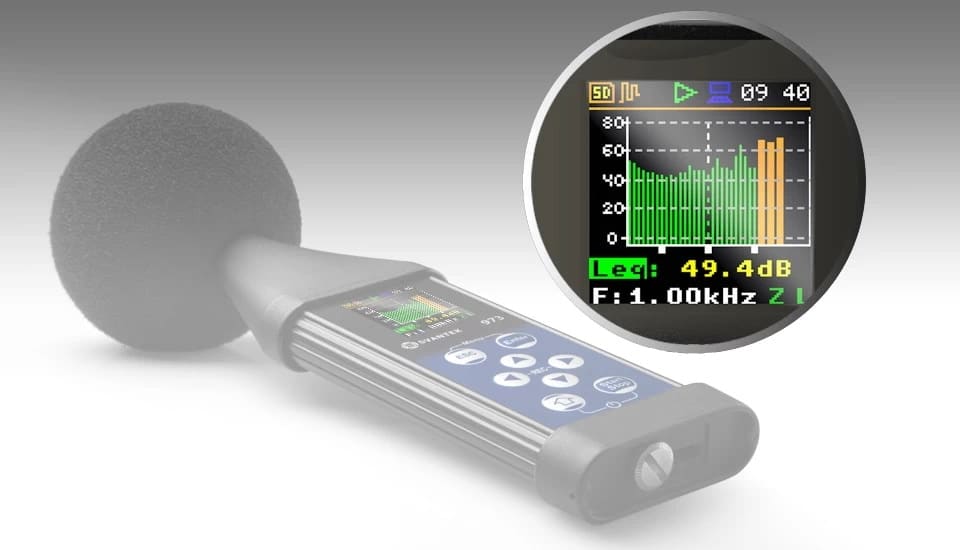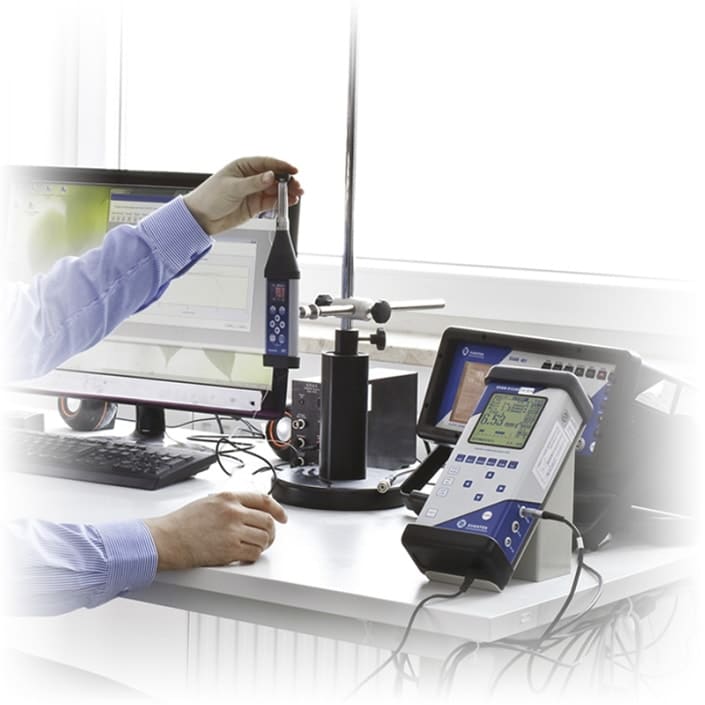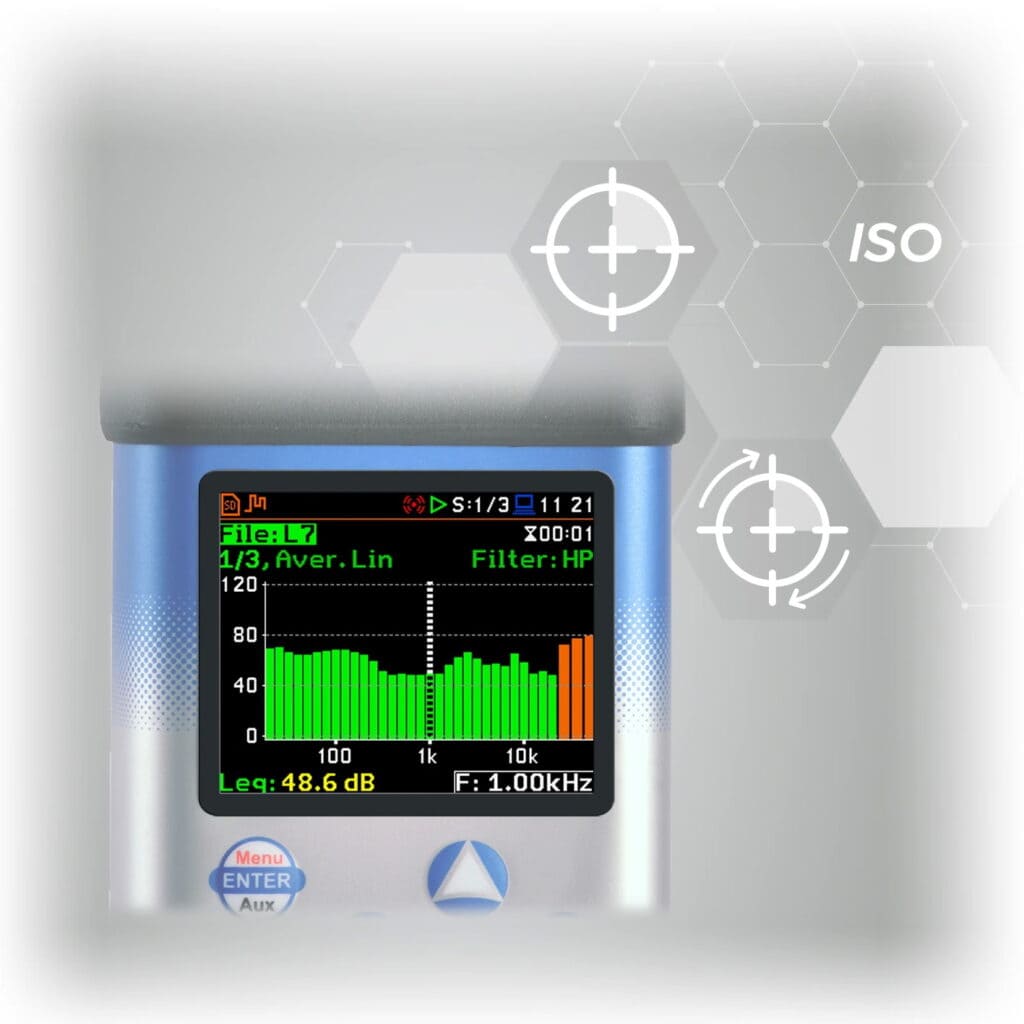Calibration of Octave and Tertian Filters in accordance with IEC 61260
The main reason for calibration of bandpass filters in meters is the need to maintain measurement consistency with the unit’s main standard. If an accredited testing laboratory performs measurements using filters in a meter it is required to calibrate these filters at equal intervals. Band filters in meters are useful for measuring the noise spectrum or the contribution of a particular frequency.


1/3-octave band filters and octave bandpass filters are calibrated at the SVANTEK calibration laboratory in accordance with IEC 61260:1995 “Octave-band and fractional-octave-band filters” or IEC 61260-3:2016 “Electroacoustics – Octave-band and fractional-octave-band filters – Part 3: Periodic tests.” The use of both calibration procedures reflects differences in type approvals, similar to the approach used for sound level meters. Depending on the edition of the standard under which a device received its type approval, calibration is performed using either the older or the updated measurement methodology specified for bandpass filters.
When calibrating bandpass filters according to the older standard, relative attenuation for all filter center frequencies, linearity errors and flat frequency response are measured.
The newer standard has significantly reduced the number of measured frequencies when it comes to relative attenuation. According to the 2016 edition, relative attenuation is measured for only 3 frequencies – the smallest – 20 Hz for thirds or 31.5 Hz for octaves, the middle – 1,000 Hz, and the largest – 20,000 Hz for thirds and 16,000 Hz for octaves. In addition, for the newer standard, a measurement of the lower limit of linearity for all center frequencies of the filters is included, as well as the determination of linearity errors including the range switch. Calibration must be performed under appropriate environmental conditions – for temperature it should be from 20 to 26 degrees C, for humidity from 25% to 70%, for pressure from 970 hPa to 1050 hPa. These conditions are controlled before the measurement series, as well as after it.

The calibration certificate for bandpass filters contains information about the applicant, the equipment being measured, the date the certificate was issued and the date of the measurements. In addition, the certificate also records the meteorological conditions under which the measurements were performed and the complete measurement results with uncertainties presented in tabular form.

Calibration of bandpass filters usually takes about 2-3 working days. Depending on whether the filters comply with the latest standard or an older version, they can be more or less labor-intensive.
The older version of the standard requires laboratories to measure attenuation for all center frequencies, this is as many as 31 frequencies for thirds. Limiting the number of frequencies to three significantly reduces measurement time. However, at the expense of reducing this time, more measurements have been added to the newer standard – including measuring the lower limit of linearity for all filters.
Calibration service for 1/1 octave and ⅓ octave bandpass filters to determine whether the filters meet PN-EN 61260: 2000 or PN-EN 61260-3: 2016. In measurements made in accordance with PN-EN 61260:2000, we determine:
You can check the current calibration price at the Svantek store.
